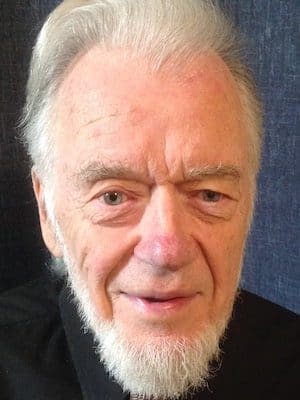The Church of Jesus Christ of Latter Day Saints, popularly known as the Mormon Church, began in 1830 after Joseph Smith claimed to have received special revelations from God.
The following year, many of his followers moved to Missouri and began to build up the City of Zion near Independence.
In 1833, though, they were driven out of the Independence area and began to move north and northeast into Clay and Ray counties.
Adopting a proposal by Alexander Doniphan, in December 1836 the Missouri General Assembly divided Ray County into three separate counties. The middle part became Caldwell County, and it was to be a place for Mormons to live in peace.
Most non-Mormons moved out, so the Mormons had almost the entire county for themselves.
In the fall of 1836, a large number of Mormons moved to the new county, and a town named Far West was founded as the county seat.
By 1838, the new town reported a population of around 4,000, including such major figures of early Mormon history as Joseph Smith and Brigham Young.
The northern part of Ray County became Daviess County in 1836, and it was established for non-Mormons.
But with the migration of large numbers of Mormons to Caldwell County, the Mormons began to expand northward.
In May 1838, Mormons laid out a town in Daviess County, a town that Smith named Adam-ondi-Ahman, proclaiming that it was the place to which Adam and Eve were banished after leaving the Garden of Eden (near Independence). He said it would be a gathering place on Judgment Day.
Before the end of the summer, several hundred Mormons were living in the new settlement, which was just a few miles north of Gallatin, the county seat town founded in 1837.
The Gallatin Election Day Battle took place on Aug. 6, 1838, when about 200 people attempted to forcibly prevent Mormons from voting in the newly created county’s first election.
That skirmish is often cited as the opening event of the 1838 Mormon War. At that time, Mormons comprised about half of Daviess County’s population of around 2,000 and about one-third of the eligible voters.
The trouble started when William Peniston, a Whig candidate for the state legislature, sought to keep the Mormons from voting.
Peniston mounted a barrel and “denounced the Mormons as horse thieves, liars, counterfeiters and dupes.” Soon a fight broke out resulting in several injuries, but no fatalities. The “war” that started that day continued until the first of November.
I have particular interest in the Mormon War in Gallatin and Daviess County for a number of reasons. My high school was in the same sports conference as Gallatin, and I have played basketball at the school there.
Also, part of the Seat family has lived in Daviess County. My grandfather George’s grandfather, Franklin Seat, migrated there with his parents and several siblings in 1842 before moving on a few years later to Worth County, where I was born.
Earlier, in 1839, one of Franklin’s sisters married and moved to Daviess County, just the year after the Mormon War.
Two other Seat girls married in Daviess County in the 1840s and lived the rest of their lives there.
The main reason I find the Mormon War of 1838 of considerable interest, though, is because Mitt Romney, the presumptive Republican candidate for president, is a Mormon.
Given the persecution of the Mormons in their early years and the fact that they were completely driven out of Missouri in 1839, it is remarkable that a practicing Mormon could possibly be elected president of the United States this year.
Leroy Seat was a missionary to Japan from 1966-2004 and is both professor emeritus of Seinan Gakuin University and pastor emeritus of Fukuoka International Church. This column appeared previously on his blog.
A missionary to Japan from 1966-2004, he is both professor emeritus of Seinan Gakuin University and pastor emeritus of Fukuoka International Church.

